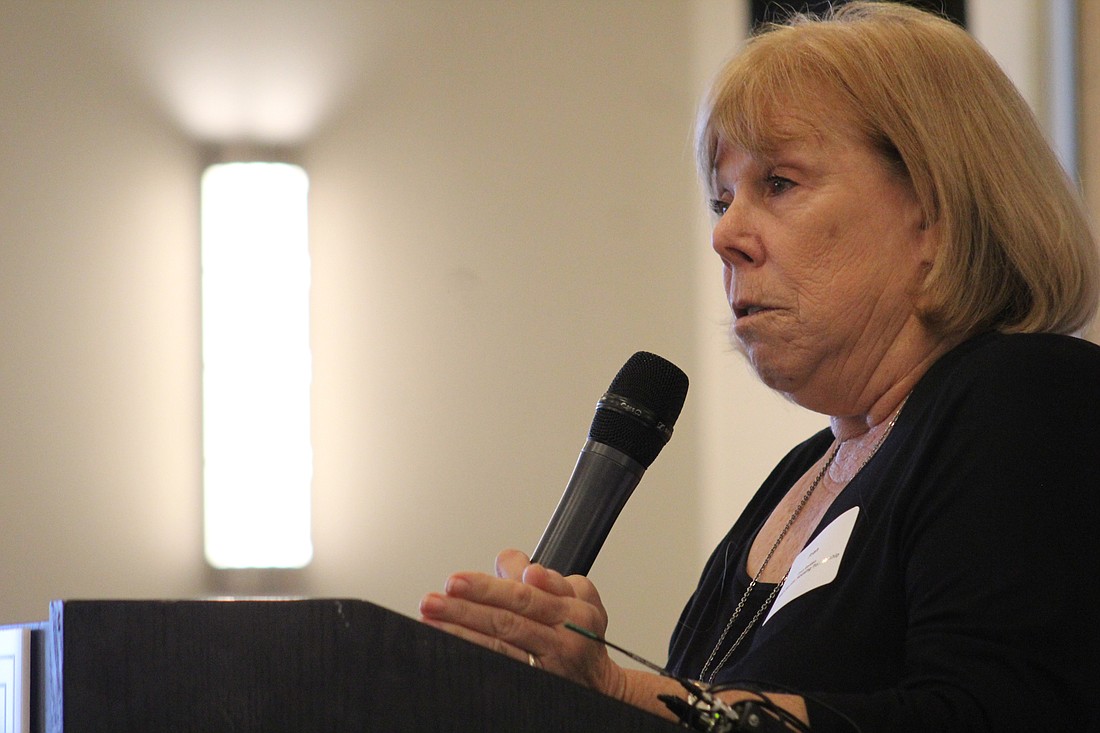- February 6, 2025
-
-
Loading

Loading

The Olive Grove Apartments in Ormond Beach have a waiting list of over 600 people.
The complex is the only workforce housing in the city, though residents wouldn't be able to tell the difference. It's well-kept and offers the same amenities as other apartments in Ormond. The only difference is Olive Grove offers residents, who qualify for eligibility based on their income, a rent that doesn't eat up their paychecks.
Olive Grove's extensive waiting list is an example of the need for more affordable housing in the county. At the Jan. 12th Eggs and Issues event by the Daytona Regional Chamber, Fran Gordon, executive director of Mid-Florida Housing Partnership, Inc., divided this topic into two categories: what's helpful and what's hurtful.
The current housing and rental market embodies the latter. Gordon said that while in the past, potential home buyers only needed to put 30% of their gross income when applying for a bank loan, now banks will approve up to 40%. As for those not ready to buy, rent in Volusia is costing them 50-60% of their gross monthly income.
“When you have that kind of a situation, you have not only a need for affordable housing, but you can’t experience any growth without workforce housing," Gordon said.
She also talked about the Sadowski Act of 1992, which allocates funds gathered through the document stamp tax paid on all real estate transfers into a general trust fund to finance affordable housing. However, Gordon said legislature is skimming the trust fund more and more every year, resulting in less revenue going back to the counties. She said last year, counties only received about $350,000 each.
That meant less money to subsidize housing.
"Without that subsidy, home ownership is almost out of the reach of a lot of people,” Gordon said.
In a county where, according to Gordon, a person needs to earn at least $20 an hour for the current rental market, what's helpful is the partnerships between non-profit organizations and programs like the Homeownership of Single Family Homes and the HOME Investment Partnerships program. Both programs allowed Mid-Florida Housing Partnership to either rent to low-income families, or rehab homes and then sell them to those families.
“When you talk about workforce housing, that’s what you’re talking about," Gordon said. "You can call it affordable housing, you can call it workforce housing, you can call it low-income housing, but these are people who are going to purchase these homes.